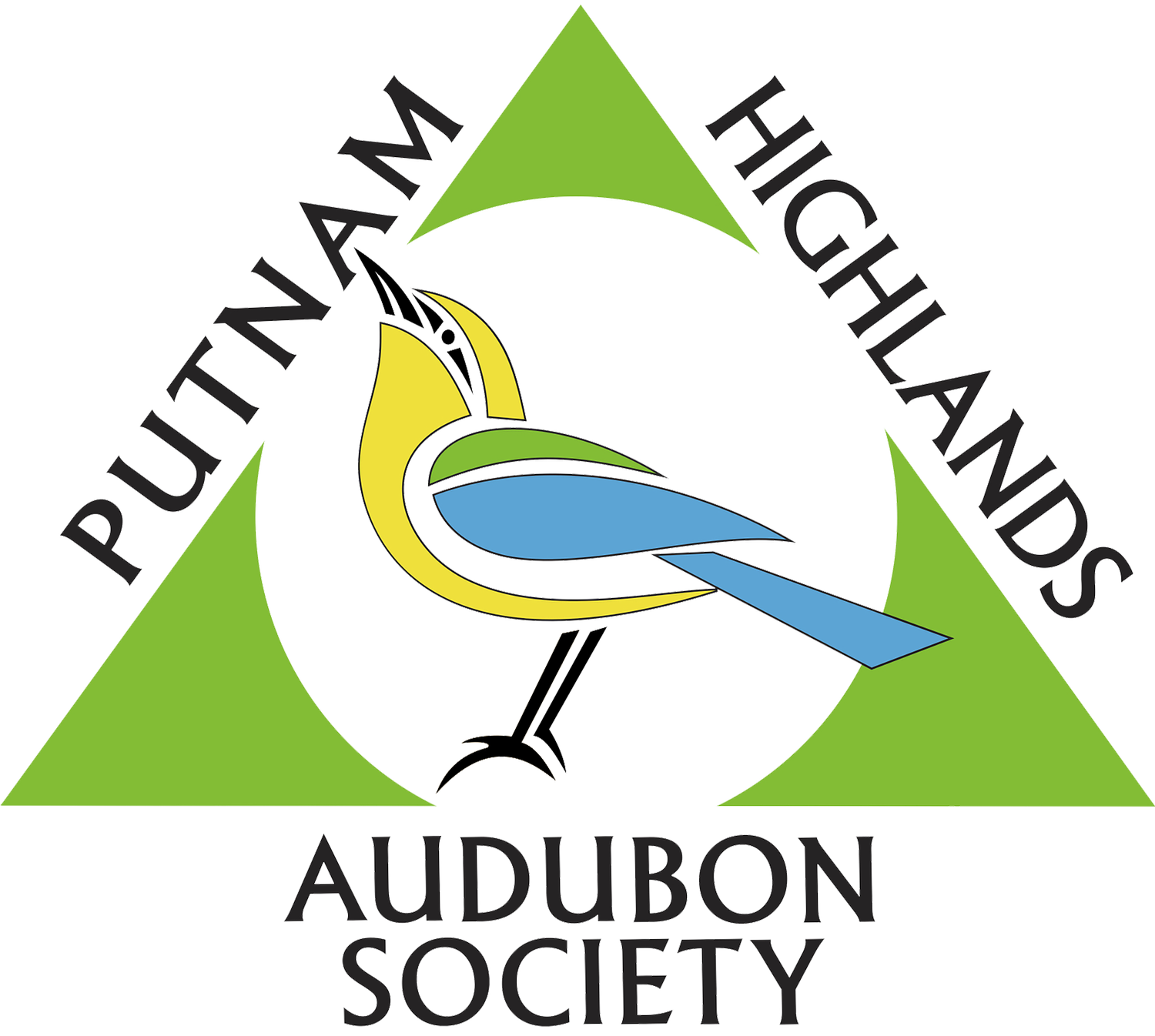A Fox at the Feeder
By Pete Salmansohn
Watching for signs of spring is one of the most exciting pursuits of a naturalist’s year, and the arrival of different bird species is especially fun and noteworthy. Many observers carefully patrol the swamps and marshes seeking the first red-winged blackbirds, grackles, and the occasional and uncommon rusty blackbird, while others are watching for, and listening for the fast-flying Killdeer, and its loud cry of “killllll-deeeeeer”, along the shores of the Hudson. But many of us know that if we keep an eye under our rural and suburban bird feeders during this time in March and early April, we’re likely to see a lesser-known but equally inspiring migratory visitor, the fox sparrow.
Fox sparrows are large, colorful, and energetic birds that stop here all too briefly on their way up to northern breeding grounds. “When they first show up, “says local naturalist Scott Graber, “it’s such a delight. They kick and jump about in the leaf litter, like towhees, looking for food and raising a ruckus.” Fox sparrows get their name from the rufousy red colors of their tail and heavily streaked underparts. Nesting across the mid-latitudes of Canada, where they prefer forest floors and scrubby brushlands, fox sparrows feed on insects, seeds, and berries. They spend the winter as far south as Baja, but can sometimes be found in such unusual locations as Putnam Valley, where several individuals have dined at Ralph Odell’s feeder during different recent winters. In Dutchess County, records from the Waterman Bird Club also regularly show a few wintering birds.
At the Taconic Outdoor Education Center, where I worked for a number of years, records show our earliest date to see a fox sparrow was March 2nd. There’s never too many that we see passing through – perhaps 6 to 9 in a good season – with most being seen from March 9th to the end of the month. The latest spring record was one lone individual sighted on April 23rd.
At the Mohonk Preserve, in New Paltz, scientist Paul Huth combed the record books and said their earliest sighting was a bird on March 13th in 1942. He also noted that most of the fox sparrows pass through the Shawangunks from March 20th to April 8th.
While most sightings are around feeders, where they seek sunflower and other seeds, it’s certainly possible to see them in other locations such as woodlands and forest edges. And once in a while, a keen student of natural history is lucky enough to find a fox sparrow by hearing its song. Ralph Odell describes this lovely tune as “clear and musical…….just a beautiful sound.” The late ornithologist Richard Pough, in his Audubon Land Bird Guide, says “the long, short song is a variable carol of clear, melodic notes, richer than those of any other sparrow…….rising in pitch and falling on the closing notes.”
Whatever the case, fox sparrows are among the first songbirds to migrate through the Hudson valley each spring, and before you know it, they’re gone. Scott Graber speaks for many of us, I think, when he says, “I always hope they stay a little longer than they do, and I always feel sad to see them go…..”
If you enjoyed this article and would like to support Putnam Highlands Audubon Society Conversation efforts and programs please click to donate. Every dollar counts.
Support PHAS
Learn More
Cornell Lab Birds of the World

